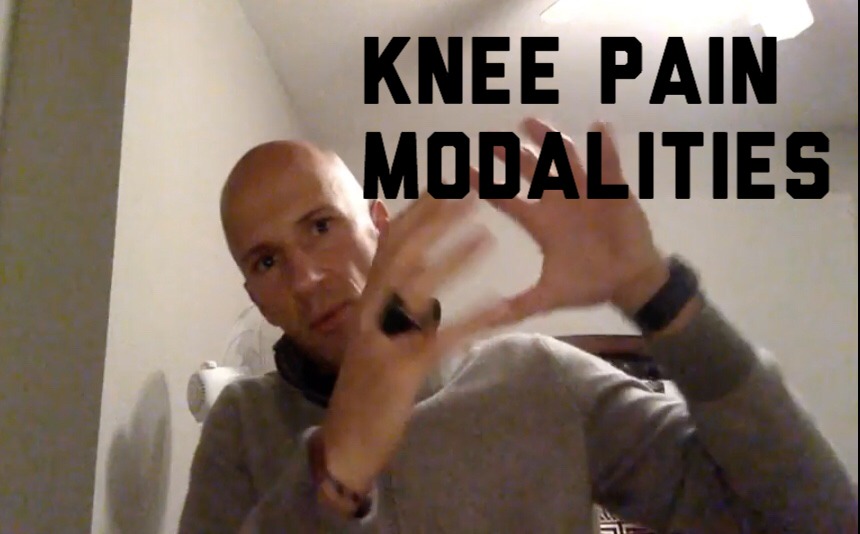Movement Debrief Episode 24 is in the books. Here is a copy of the video and audio for your listening pleasure. Here were all the topics: What ACL graft should you get? What does the systemic process look like for knee pain? What local factors are important for knee pain? the importance of plyometrics for knee pain Is there a place for modalities? What modalities I incorporate into my practice If you want to watch these live, add me on Facebook, Instagram, or Youtube. They air every Wednesday at 7:30pm CST. Enjoy. Here were the links I mentioned tonight Enhancing Life Darkside Strength Adam Bryant PRI Impingement and Instability Course Notes Here is the Active Midstance Test Here’s the Copenhagen Adduction Test Bill Hartman A Randomised Controlled Trial of ‘Clockwise’ Ultrasound for Low Back Pain E-Stim and BFR Perioperative Pain and Swelling Control in Anterior Cruciate Ligament Reconstruction Dry Needling 1 Course Notes Here’s a signup for my newsletter to get a free acute:chronic workload calculator, basketball conditioning program, podcasts, and weekend learning goodies: [yikes-mailchimp form=”1″ submit=”Get learning goodies and more”] Knee Pain Modalities
Read More